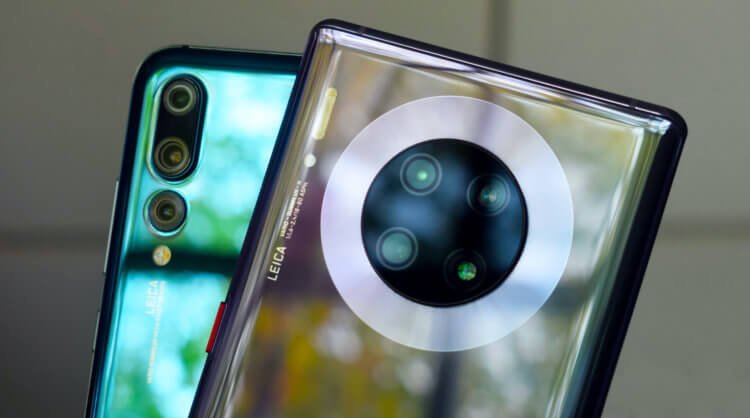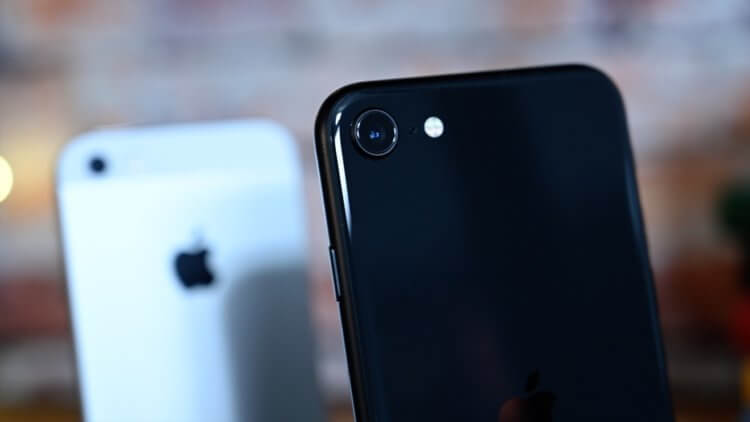For 10 years now, I've been quite deeply immersed in the topic of smartphones, and almost 5 years, how it brings me money. Therefore, I can call myself, if not an expert, then at least a knowledgeable and versed person in this area. In fact, the smartphone market in the form in which we know it now was forming in front of my eyes, and I learned to fix the emerging trends, recognize among them frankly unsuccessful ones and even predict their development in advance. Take, for example, the trend towards an increase in the number of cameras.

The cameras of modern smartphones are unnecessarily complex and expensive
I think you have noticed that the trend for increasing the computing power of smartphones has long faded into the background, and it has been replaced by the trend for the development of photography and video shooting. True, for some reason all manufacturers decided that the guarantee of high-quality frames is not the matrix, the quality of lenses and software, but the number of these very cameras. So devices with three, then four, and now five modules began to appear on the market, which took up so much space on the back of the devices that they have already become the dominant feature of the entire design, attracting even more attention than everything else.
Why do we need different cameras in a smartphone

Take a look at the Galaxy S20 Ultra camera. She's terrible
First, let's take a look at which modules form the camera of a modern flagship:
- Conventional wide-angle lens (used for shooting in 90% of cases);
- Telescopic lens (used to determine the distance to the subject and create portrait shots);
- Ultra wide angle lens (increases the camera's viewing angle up to 120-140 degrees depending on the smartphone);
- Macro lens (aimed at photographing small objects at close range);
- ToF-sensor, or LIDAR (not a camera, but its purpose is to determine the topography of the visibility zone).
All this, of course, is very cool and adds points in the eyes of consumers to a smartphone that has all these modules. However, from a practical point of view, four of these modules make no sense. See for yourself.
Useless smartphone features
We discard the macro lens at once, since there is no need for it by a little more than 100%. I can't even imagine who would think to turn it on and start photographing small objects. There are probably fans of photographing all sorts of beetles and insects, but most likely they already have a normal camera with the appropriate lens.

ToF-sensor is generally not clear why it is needed
The ToF sensor is undoubtedly a curious and technically very advanced thing. But, let's be honest, it is only needed by self-driving cars that need to scan the surrounding area for obstacles. In a smartphone, ToF sensors are not needed from the word at all, because augmented reality never became a mass technology, and a telephoto camera coped well with identifying objects for portrait photography.
However, the telephoto camera is also not really needed. After all, if you remember, it originally appeared as the ultimate solution for creating portrait shots. But, as it turned out, software technologies have already reached such a level of development at which there is simply no point in this hardware component. The Google Pixel, iPhone XR and iPhone SE 2020 are proof of this. In the end, the portraits they take are wider than the top-end Galaxy S20 Ultra and Huawei P30, not to mention all other smartphones.
Best smartphone camera

A single camera is the best smartphone solution
Probably, now you are waiting for me to talk about the shortcomings and practical uselessness of the ultrawide? But no. I propose to keep it instead of the usual wide-angle module. He, in my opinion, has already outlived itself, because it provides too narrow coverage, accommodating a minimum of space in the frame. But the ultra-wide-angle lens, firstly, allows you to 'crop' the image by cutting off the edges if you need to focus on something specific, and, secondly, it will clearly be able to take portrait shots, given that this is a completely software technology.
Why am I against a lot of cameras? After all, it is so convenient, if necessary, to select a separate module for a specific shooting scenario. Well, it's actually not as convenient as it sounds. Most of the users still continue to shoot on a regular shirik, and in the meantime, all the other modules cost a fair amount of money. For example, in Huawei P30 Pro, the camera cost around $ 80. This is a colossal amount, which could have reduced the retail price, making the device a little more attractive to buyers.
Probably, a smartphone with one camera will not look so impressive. But, as for me, this feeling will quickly pass. After all, if you remember, no one particularly missed the huge lenses that Nokia equipped their devices with, not to mention the xenon flash, which until a certain moment was the norm for a camera phone. Therefore, I am sure that the current trend for building up cameras is nothing more than a temporary phenomenon, which will then be replaced by attempts by manufacturers to start combining all these modules together.
